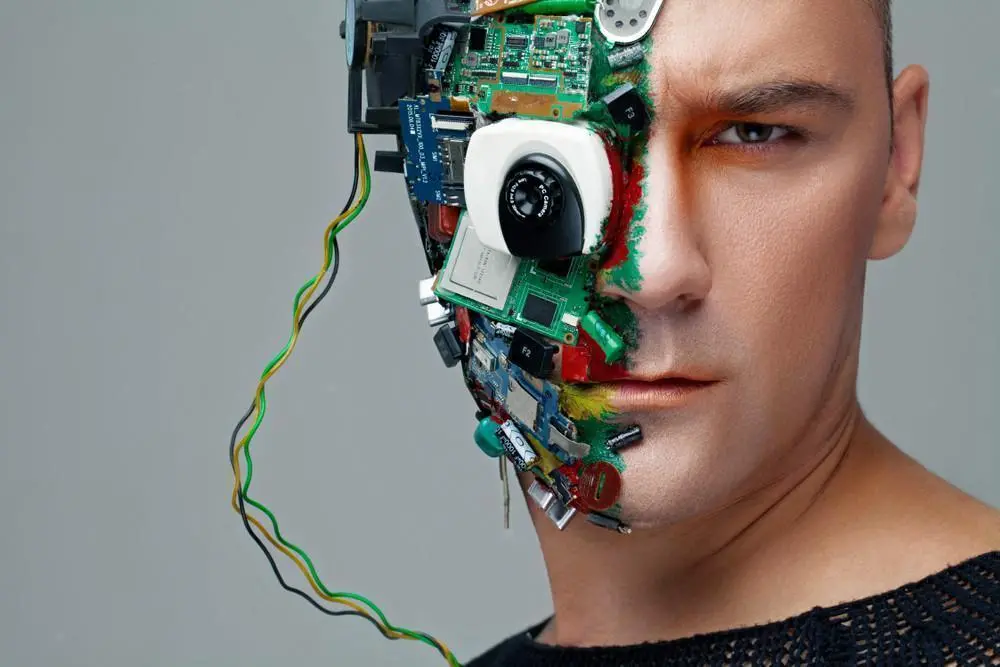It’s all about Software Now
Although it helps to have powerful image-capturing hardware, it is not the be-all-end-all requirement for getting high-quality pictures. In addition to having a good image-capturing capability, cameras are required to have excellent image processing abilities as well. The software has always been an important part of digital cameras. For instance, it is the software that gives digital cameras their ‘zoom’ factor. Using complex algorithms can minimize the need for dual lenses that are featured on most new phones. The dual lenses provide depth to images by elucidating the subject and blurring the background. This effect can now be achieved by using digital processing powered by artificial intelligence to get high quality, social media-ready pictures.
Artificial Intelligence is Redefining Photography
Machine learning algorithms enable even single lens cameras to simulate the background blurring or “bokeh” effect. This is possible because of AI’s ability to distinguish between the object of focus and the background. Traditionally, getting good pictures required making a lot of adjustments to the lens, the lighting, and the object positioning. However, the use of AI in photography is minimizing the need for such adjustments. AI algorithms can process images automatically to replicate professional photography, without requiring any tweaking by the photographer. Machine learning algorithms also help in minimizing the effects of shaking and provide image stabilization even under unsteady conditions by predicting and making up for erratic movements. AI can also be used to upscale existing pictures, as is being attempted by AI developers and professional photography experts. This enables photo developers to enhance a picture’s sharpness despite having been shot using an old sensor. The images can be printed in much higher resolutions than they were shot in, without losing quality. Conversely, the use of AI is also enabling the capture and storage of high-quality pictures without requiring much storage space.
Making Photography Accessible to Everyone
The introduction of AI in photography has transformed the field from being accessed by a few professionals to being accessible for enthusiasts with varying skill levels. This is because AI in photography requires little training and know-how in photography and image processing. All optimizations are performed by smart algorithms in one click, minimizing the need for manual adjustments, which otherwise requires photography knowledge.
Although photography is not among the most obvious application areas of AI, the introduction of AI is redefining photography and is lowering the barrier to entry in the field. However, professional equipment and expertise are still necessary for results at the highest levels. Through continued development, however, AI can completely take on the role of the photographer in addition to its current role of an image processor.



Leave your comments
Post comment as a guest